Heuristic Evaluation - Booking.com
Overview
I examined Booking.com's desktop web site to find usability problems that could affect the hotel booking experience. Using Nielsen's 10 Usability Heuristics as my guide, I found several issues that may impact how users search for hotels, compare options, and complete their bookings.
I looked at things like system feedback, real-world conventions, user control, consistency, error prevention, memory load, efficiency, simple design, error recovery, and help systems.
Platform: Booking.com (Desktop)
Device: MacBook Pro 14-inch, 2021 (Chrome)
Evaluation Framework: Nielsen's 10 Usability Heuristics
Aesthetic and minimalist design
Interfaces should not contain information that is irrelevant or rarely needed. Every extra unit of information in an interface competes with the relevant units of information and diminishes their relative visibility.
Problem: Property cards display multiple pieces of information simultaneously, creating visual competition between different data points. Users encounter property names, ratings, pricing, location details, amenities, availability messaging, review information, and action buttons all within the same card space. The interface also includes various informational overlays and disclosure panels that add to the overall information density.
How could this affect users: Users may experience cognitive overload when trying to quickly scan and compare multiple properties. The competing visual elements make it difficult to establish a clear scanning pattern or identify the most relevant information for decision-making. The dense information layout could slow down the comparison process and make it harder for users to efficiently evaluate their options.
Recommendation: Organize information with clearer visual hierarchy, showing primary details prominently while providing access to secondary information through progressive disclosure or expandable sections.
Recognition rather than recall
Minimize the user's memory load by making elements, actions, and options visible. The user should not have to remember information from one part of the interface to another.
Problem: Filter panel contains numerous options across many categories. While comprehensive, the organization could be improved to help users find relevant filters more easily. The large number of available filters may make it challenging to identify which ones would be most useful for specific search needs.
How could this affect users: Users might spend extra time navigating through filter options to find what they need, or may not discover useful filters that could help refine their search. The extensive options, while thorough, could potentially overwhelm some users.
Recommendation: Reorganize filters with improved grouping and consider highlighting the most commonly used options to help users navigate the choices more efficiently.
Error Prevention
Good error messages are important, but the best designs carefully prevent problems from occurring in the first place.
Problem: Booking.com displays frequent urgency messages like "Only 2 rooms left!" and "Limited supply!" across many properties. Website also shows promotional pricing with crossed out prices. While these messages may serve to inform users about availability and demand, they consistently appear throughout the browsing experience and could encourage rapid decision making rather than careful consideration.
How could this affect users: This creates environment where users might feel compelled to make quick booking decisions without adequate time to verify important details like dates, location, room specifications, or cancellation policies. This pressure driven environment increases the likelihood of booking errors - users may accidentally select incorrect travel dates, book accommodations in the wrong location, choose unsuitable room types, or overlook important restrictions.
Recommendation: Remove or reduce urgent messaging like "Only 1 room left!" during the final confirmation step. Let people focus on accuracy over speed. The goal is giving users confidence in their booking while preventing costly mistakes that lead to disputes and refunds.
Next Steps
Booking.com works well technically and has lots of accommodation choices.While the platform does its main job of helping people find and book places to stay, the areas I found especially around making the interface clearer and organizing information better could be improved to make users happier.
My recommended changes focus on making the experience clearer and easier to use so people can make better booking decisions faster. Making these changes could help reduce how hard users have to think, make it easier to compare options, and make the whole platform easier to use.
Thank you for your attention!
Tools used
From brief
Topics
Share
Reviews
6 reviews
Clear, thoughtful and great execution!
I would've loved to the presentation and/or Miro/FigJam document where you did all of the work.
Petar, this is a really clear and thoughtful heuristic evaluation, and if you add a bit on accessibility or global user needs it’ll feel even stronger—great work overall!
Love it, keep up the good work!
Petar, nice work. You explained the problems, why they matter, and how to fix them. This shows you understand usability well.
To make it better, try writing with shorter sentences and simple words so it is easier to read. Also, show which problems are the most important, because not all are equal.
It would also help to add screenshots. People understand much faster when they can see the problem on the screen.
Lastly, make your fixes a little more clear. For example, instead of saying “improve filters,” explain how to group them by budget, location, or room type.
Overall, this is a strong start. With simpler writing, clear priorities, and screenshots, your work will be even stronger.
Great use of Nielsen’s heuristics, Petar 👏 Very extensive work!
I really appreciate how you not only identified the issues but also framed them from the user’s perspective and then offered clear recommendations to solve them. Amazing work! (Though I’ll admit it took me a while to read everything... It’s super thorough, which is great, but a bit wordy 😅).
One angle I’d love to see added is an evaluation of dark patterns, since Booking.com has quite a few that influence user behavior beyond pure usability. For example:
- Suggesting a “discount” by comparing a room’s price to another date rather than the same date.
- Limited-time offers with red discounted prices below crossed-out amounts.
- Alerts that “other visitors are viewing this room” without clarifying they may be for different dates.
- “Preferred” listings that rank higher due to commissions, marked with a 👍 icon that could be mistaken for a quality badge.
- “You missed it!” messaging about recently sold-out rooms that pressures users.
Including this perspective would complement the heuristic analysis really well, showing not just where usability could be improved, but also where manipulative design patterns may erode trust.
Nevertheless, awe-inspiring and professional work with clear thinking, strong recommendations, and a sharp eye for UX problems. 🚀 CONGRATS 🚀
This is a strong and thoughtful evaluation that applies Nielsen’s heuristics to a real-world platform, showing clear analytical skills.
I like how the review connects issues like clutter, inconsistent design, and vague error messages to concrete recommendations for a smoother booking flow. To make it even more powerful, you could bring in accessibility checks, highlight global user needs such as language and cultural differences, and add measurable outcomes
Overall, it’s a professional and insightful showcase that balances critique with actionable solutions.
You might also like
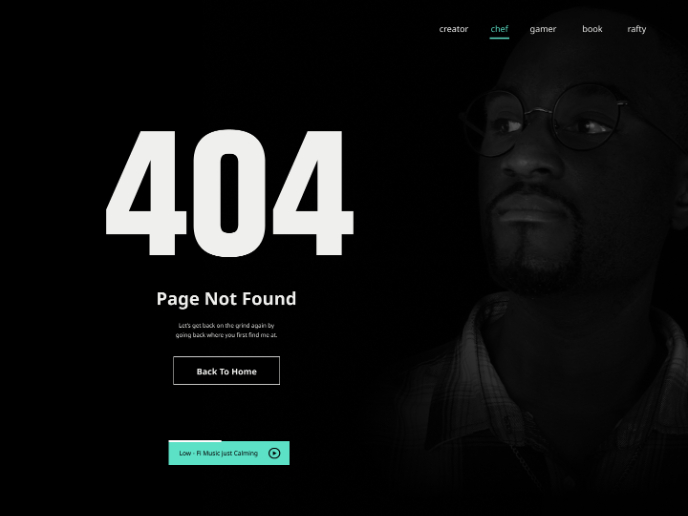
404 for Personal Website
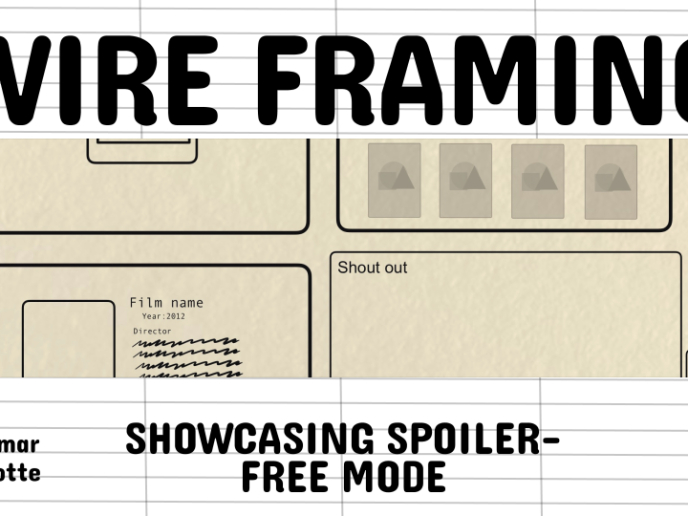
Video Streaming Service wireframe: Spoil-free mode and Interactivity
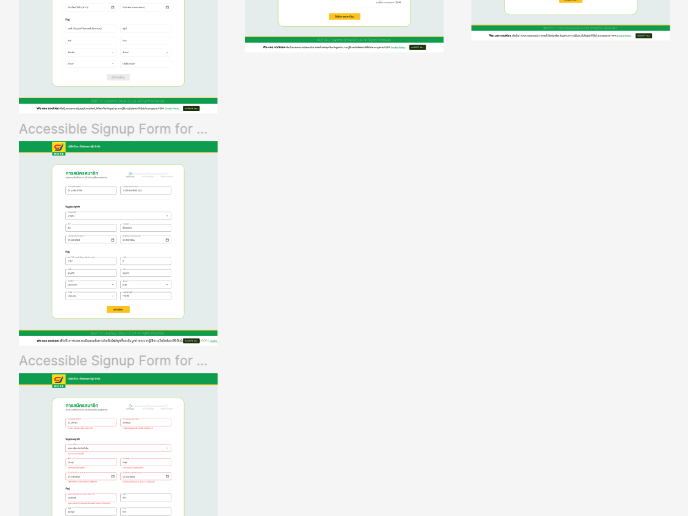
Accessible Signup Form for SaaS Platform
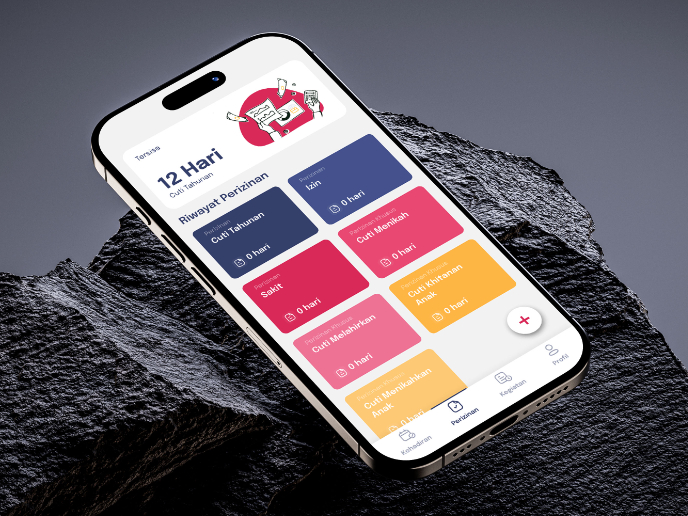
SIPALA - Attendance, Leave, and Activity Management System

Pawtify - Responsive Landing Page Brief
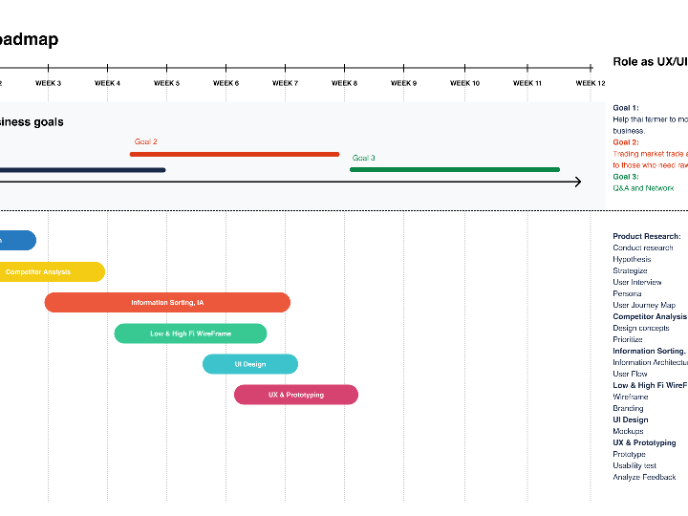
Build a Product Roadmap
User Research Courses

Introduction to Product Management

The Product Development Lifecycle & Methodologies



















